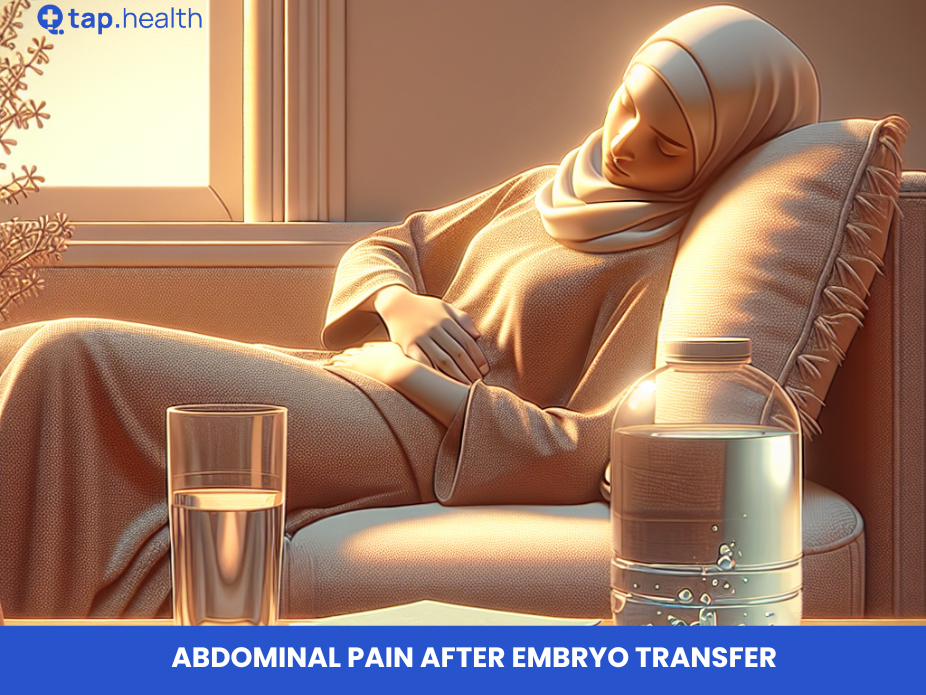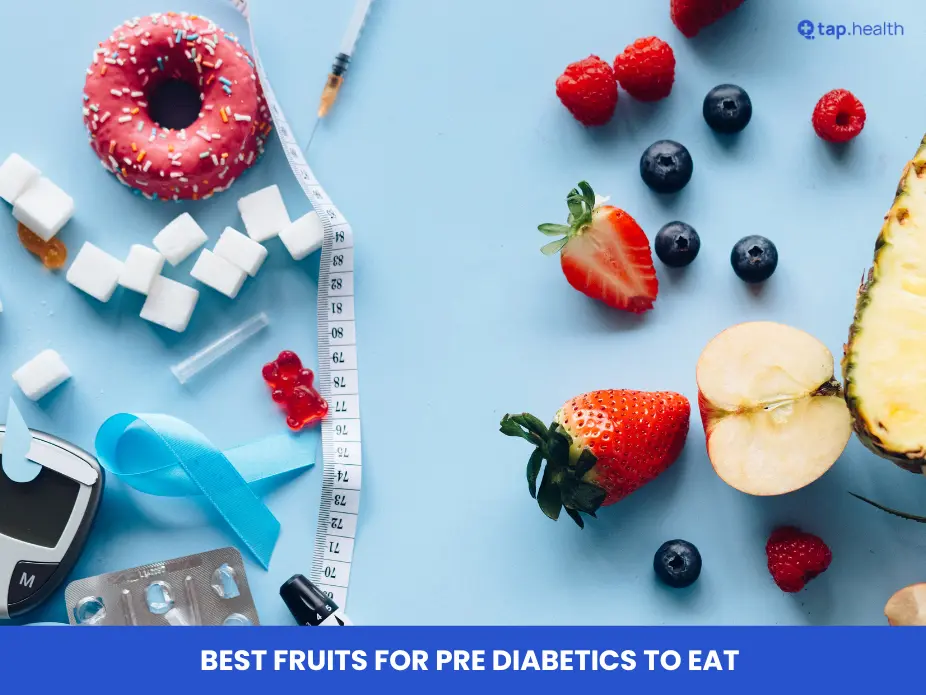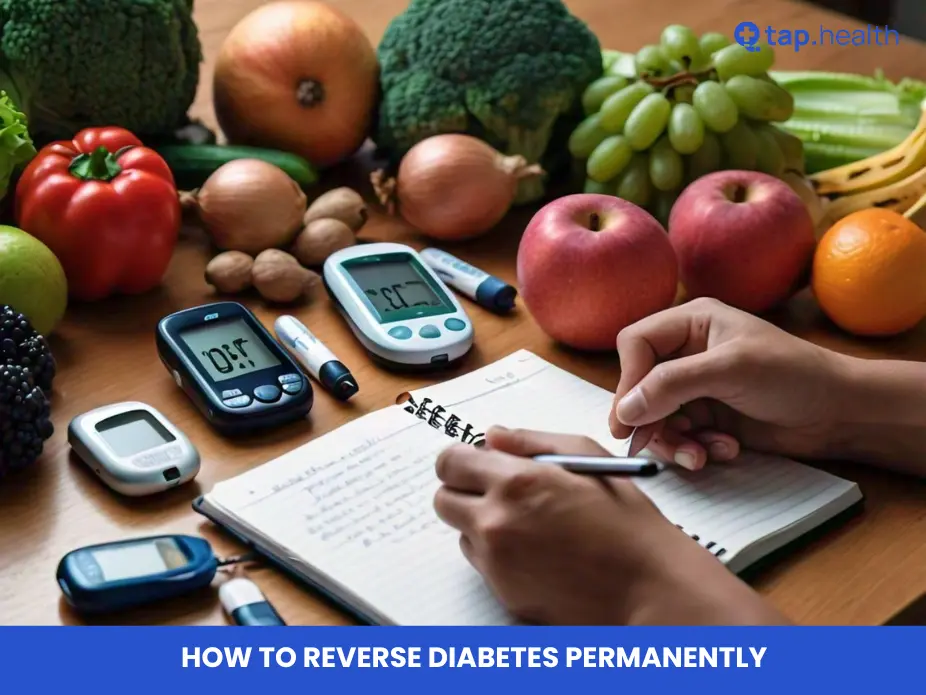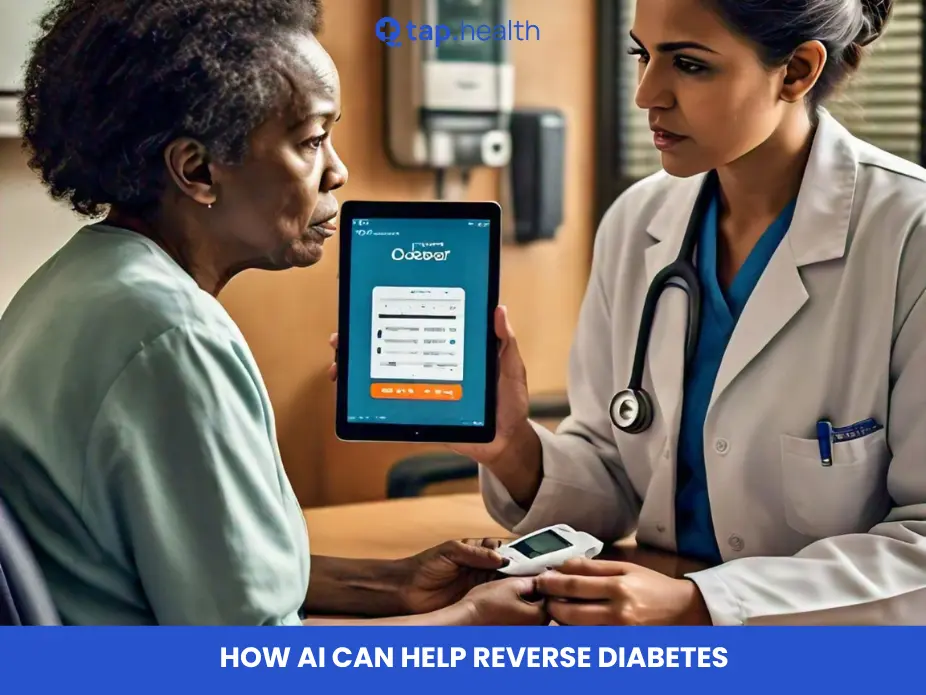Embryo transfer is a pivotal step in the in vitro fertilization (IVF) journey, marking a hopeful milestone toward parenthood. However, it’s common to experience physical sensations like abdominal pain during this phase. Understanding the causes, recognizing warning signs, and adopting effective management strategies can ease concerns and support your well-being. This blog explores the reasons behind abdominal pain after embryo transfer, its symptoms, and practical ways to manage discomfort while prioritizing your health during this sensitive time.
What Causes Abdominal Pain After Embryo Transfer?
Abdominal pain after embryo transfer is a frequent experience for many women undergoing IVF. The discomfort can range from mild cramping to a sense of fullness, often resembling menstrual cramps. Below, we outline the primary causes to help you differentiate between normal sensations and potential concerns.
Implantation Cramping: A Sign of Embryo Attachment
Implantation occurs when the embryo embeds into the uterine lining, typically 6–10 days after ovulation. This process can cause mild cramping or twinges in the lower abdomen, often accompanied by light spotting known as implantation bleeding. These sensations are generally a positive sign of the embryo settling in.
Management Tips: Rest and avoid strenuous activities. Over-the-counter pain relievers like acetaminophen may help, but consult your doctor first.
Hormonal Medications and Their Effects
IVF treatments involve hormone medications, such as progesterone, to support the uterine lining. These can lead to bloating, gas, or cramp-like pain similar to premenstrual discomfort.
Management Tips: Stay hydrated, eat a balanced diet with fiber-rich foods, and engage in light activities like walking to ease bloating. Always check with your healthcare provider before taking medications.
Ovarian Hyperstimulation Syndrome (OHSS)
OHSS is a potential complication of ovarian stimulation, where the ovaries become swollen and painful due to fertility drugs. Symptoms include significant abdominal pain, bloating, nausea, and, in severe cases, rapid weight gain or shortness of breath.
Management Tips: Mild OHSS may resolve with rest and hydration. Severe symptoms require immediate medical attention, possibly hospitalization.
Uterine Contractions Post-Transfer
The embryo transfer procedure or stress can trigger uterine contractions, leading to cramp-like pain. These contractions may feel sharp or come in waves.
Management Tips: Minimize stress through relaxation techniques like meditation. Avoid heavy lifting or intense exercise for a few days post-transfer.
Gastrointestinal Issues and Hormonal Changes
Hormonal fluctuations during IVF can disrupt digestion, causing constipation, gas, or indigestion, which may mimic abdominal pain related to the reproductive system.
Management Tips: Increase fiber intake with fruits, vegetables, and whole grains. Stay hydrated and consider light physical activity to support digestion.
Ectopic Pregnancy: A Rare but Serious Concern
In rare cases, an embryo may implant outside the uterus, typically in the fallopian tube, causing severe, one-sided abdominal pain, shoulder pain, or dizziness. This is a medical emergency.
Management Tips: Seek immediate medical care if you experience intense pain, heavy bleeding, or fainting.
Symptoms to Monitor: When to Seek Medical Help
Mild abdominal pain is typically normal, but certain symptoms warrant immediate attention to ensure your safety and the success of your IVF journey.
Warning Signs Requiring Immediate Care
- Severe Pain: Intense or persistent pain unrelieved by rest or mild pain relievers.
- Heavy Bleeding: More than light spotting, especially with severe pain.
- Fever: A temperature above 100.4°F (38°C), indicating possible infection.
- Dizziness or Fainting: Potential signs of internal bleeding or ectopic pregnancy.
- Shortness of Breath: Could indicate severe OHSS or other complications.
Contact your fertility specialist immediately if you experience any of these symptoms.
Effective Strategies for Managing Abdominal Pain
Managing abdominal pain after embryo transfer involves a combination of physical care, dietary adjustments, and emotional support. Here are practical steps to alleviate discomfort and promote recovery.
Rest and Relaxation for Recovery
Physical Rest: Avoid heavy lifting or vigorous exercise for a few days post-transfer to reduce strain on your abdominal muscles. Mental Relaxation: Stress can worsen pain and impact implantation. Practice mindfulness, gentle yoga, or listen to calming music to stay relaxed.
Dietary Adjustments to Ease Discomfort
A balanced diet supports your body’s recovery and minimizes gastrointestinal issues.
- Hydration: Drink at least eight glasses of water daily to reduce bloating and prevent constipation.
- Fiber-Rich Foods: Include fruits, vegetables, and whole grains to aid digestion.
- Avoid Trigger Foods: Steer clear of gas-producing foods like beans or carbonated drinks.
Gentle Exercise to Promote Comfort
Light activities like walking or stretching improve circulation and reduce constipation without stressing the body. Avoid high-impact exercises or heavy lifting during the two-week wait.
Safe Pain Relief Options
For mild discomfort, acetaminophen may be safe, but avoid NSAIDs like ibuprofen, which can interfere with implantation. Always consult your doctor before taking any medication. Applying a warm (not hot) heating pad to the lower abdomen can also soothe cramps.
The Role of Diet and Hydration in Recovery
A nutrient-rich diet and proper hydration are critical during the post-transfer phase to support implantation and overall health.
Foods to Support Healing
- Fiber-Rich Foods: Prevent constipation with fruits, vegetables, and whole grains.
- Lean Proteins: Chicken, fish, and lentils aid cell repair and embryo development.
- Healthy Fats: Avocados, nuts, and olive oil support hormone production.
Hydration for Optimal Health
Aim for eight glasses of water daily to maintain a healthy uterine lining and support bodily functions. Pale yellow urine is a good indicator of adequate hydration.
Safe Activities During the Two-Week Wait
Balancing activity and rest is key during the two-week wait. Gentle exercises like walking or prenatal yoga promote blood flow and reduce stress without risking implantation. Avoid high-impact workouts, heavy lifting, or sexual intercourse, which may trigger uterine contractions.
Emotional Well-Being and Stress Management
The IVF process can be emotionally taxing, especially during the two-week wait. Managing stress and seeking support are vital for your mental and physical health.
Coping with Anxiety
- Mindfulness Practices: Meditation or deep breathing can calm anxiety and keep you grounded.
- Support Networks: Join fertility support groups or speak with a counselor to share experiences and feel less isolated.
Communicating with Your Partner
Openly discuss your feelings and concerns with your partner to strengthen your emotional bond. Involve them in medical discussions to feel supported in decision-making.
Activities to Avoid to Prevent Complications
To minimize discomfort and support implantation:
- Avoid sexual intercourse, which may cause uterine contractions.
- Steer clear of high-impact exercises or activities that strain the pelvic area.
- Limit stress-inducing activities to maintain a calm environment for implantation.
The Two-Week Wait: What to Expect
The two-week wait is the period between embryo transfer and your pregnancy test, typically 10–14 days later. Mild discomfort is normal, but avoid testing too early to prevent inaccurate results. Follow your doctor’s guidance on when to test and prepare for either outcome with support from your healthcare team.
Positive Pregnancy Test
A positive result will lead to blood tests and ultrasounds to monitor the pregnancy’s progression.
Negative Pregnancy Test
If the result is negative, consult your fertility specialist to discuss potential reasons and next steps.
Home Remedies for Mild Abdominal Pain
Simple home remedies can alleviate mild discomfort:
- Warm Compress: Apply a warm heating pad or hot water bottle to ease cramps.
- Hydration: Drink plenty of water to support bodily functions and reduce cramping.
- Relaxation Techniques: Practice deep breathing or gentle stretching to relieve tension.
When to Use Medication for Pain Relief
Always consult your doctor before taking any medication. Safe options may include:
- Acetaminophen: Use in moderation for mild pain.
- Prenatal Vitamins: These may indirectly support recovery by providing essential nutrients.
Avoid NSAIDs unless approved by your healthcare provider, as they may affect implantation.
The Importance of Emotional Support
The emotional rollercoaster of IVF requires a strong support system. Connect with loved ones, join online fertility forums, or seek professional counseling to navigate anxiety and maintain hope. Sharing your journey with others who understand can foster resilience and emotional balance.
Long-Term Outlook: Moving Forward with Confidence
Understanding and managing abdominal pain after embryo transfer empowers you to navigate the IVF process with confidence. By recognizing normal discomfort, adopting self-care strategies, and seeking medical advice when needed, you can support your body and mind during this critical time. Always communicate openly with your healthcare provider to address concerns and optimize your fertility journey.
Frequently Asked Questions
Q1: Is abdominal pain normal after embryo transfer?
Yes, mild pain or cramping is common due to implantation, hormonal changes, or gastrointestinal issues.
Q2: How long does abdominal pain last after embryo transfer?
Mild discomfort may last a few days to two weeks, depending on the cause.
Q3: When should I worry about abdominal pain after embryo transfer?
Seek immediate medical help for severe pain, heavy bleeding, fever, dizziness, or shortness of breath.
Q4: Can diet help with abdominal pain after embryo transfer?
Yes, a balanced diet with fiber-rich foods and adequate hydration can reduce bloating and constipation-related pain.
Q5: What activities should I avoid after embryo transfer?
Avoid high-impact exercises, heavy lifting, and sexual intercourse to prevent uterine contractions or discomfort.



